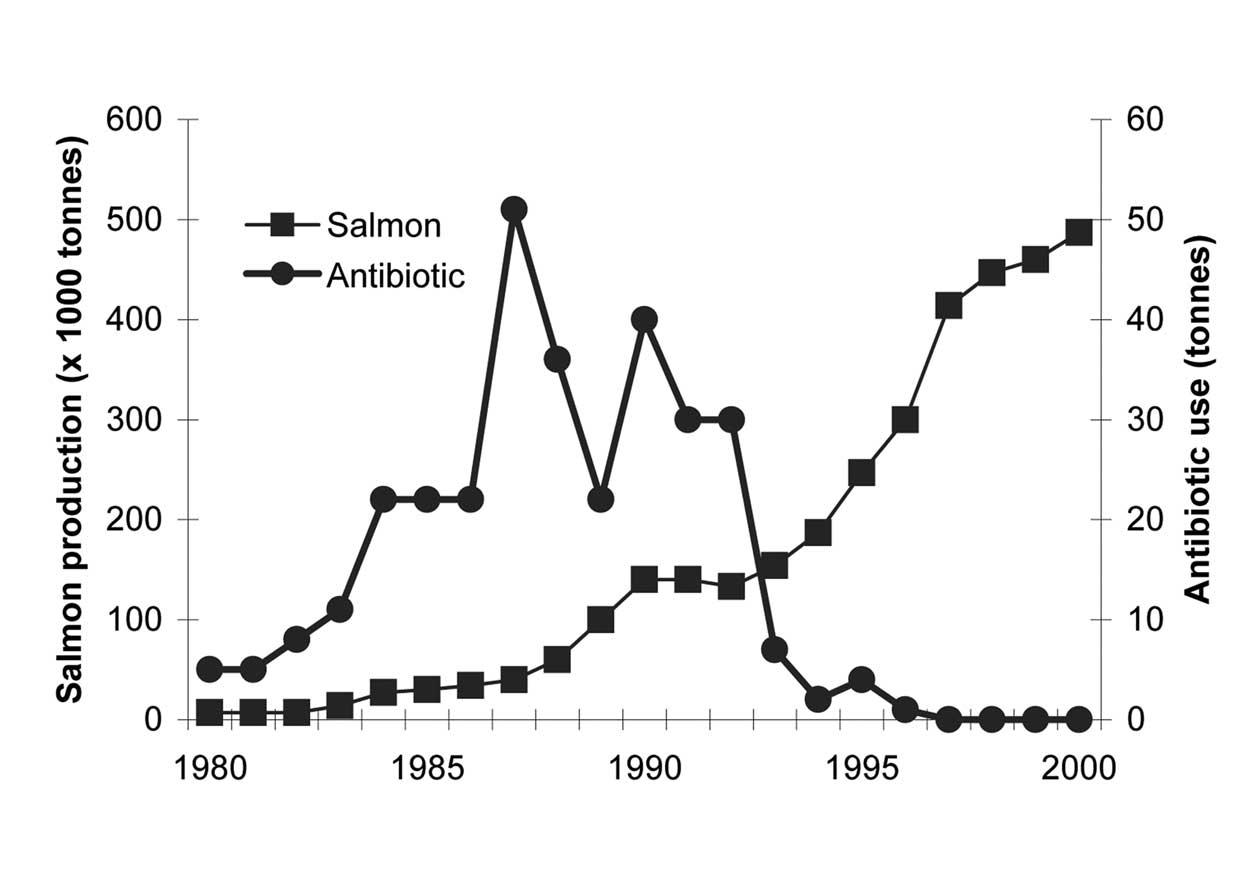
| Previous | Return to table of contents | Search Reports | Next |
| « Back to weltagrarbericht.de | ||
Environmental, Economic, and Social Impacts of NAE Agriculture and AKST | 89
Table 3-3. Methane emissions from enteric fermentation (Gg).
Livestock Type |
1990 |
1995 |
2000 |
2001 |
2002 |
2003 |
2004 |
2005 |
2006 |
Beef Cattle |
4,281 |
4,616 |
4,304 |
4,257 |
4,251 |
4,260 |
4,155 |
4,198 |
4,249 |
Dairy Cattle |
1,488 |
1,422 |
1,377 |
1,374 |
1,381 |
1,393 |
1,377 |
1,411 |
1,441 |
Horses |
91 |
92 |
94 |
99 |
108 |
126 |
144 |
166 |
166 |
Sheep |
91 |
72 |
56 |
55 |
53 |
51 |
49 |
49 |
50 |
Swine |
81 |
88 |
88 |
88 |
90 |
90 |
91 |
92 |
93 |
Goats |
13 |
12 |
12 |
12 |
13 |
13 |
13 |
13 |
13 |
Total |
6,044 |
6,302 |
5,933 |
5,886 |
5,896 |
5,931 |
5,828 |
5,928 |
6,010 |
Note: Totals may not sum due to independent rounding.
Source: US-EPA. 2008.
ter lakes) have affected wild fish populations. Aquaculture's substantial demand for fish meal is driving a large wild capture of small fishes (that are the base of food chains) (Naylor et al., 2000). In part, the over-fishing of some fish populations is to support the aquaculture industry. Recognition of this has lead to research and efforts to replace fish protein and lipids in fish meal with vegetable sources and byproducts from livestock processing (e.g., Glencross et al., 2003, Montero et al., 2003; Higgs et al, 2006). |
|
native populations. Although aquaculture salmon may be more aggressive and may outcompete native populations they are less reproductively viable and may cross-breed, with native populations leading to reduced viability of offspring, which threatens the survival of the native gene pool (Naylor et al., 2005). |

Figure 3-3. The relationship between mean farmland bird population trend and cereal yield across Europe. Source: Donald et al., 2002.
| Previous | Return to table of contents | Search Reports | Next |
| « Back to weltagrarbericht.de | ||